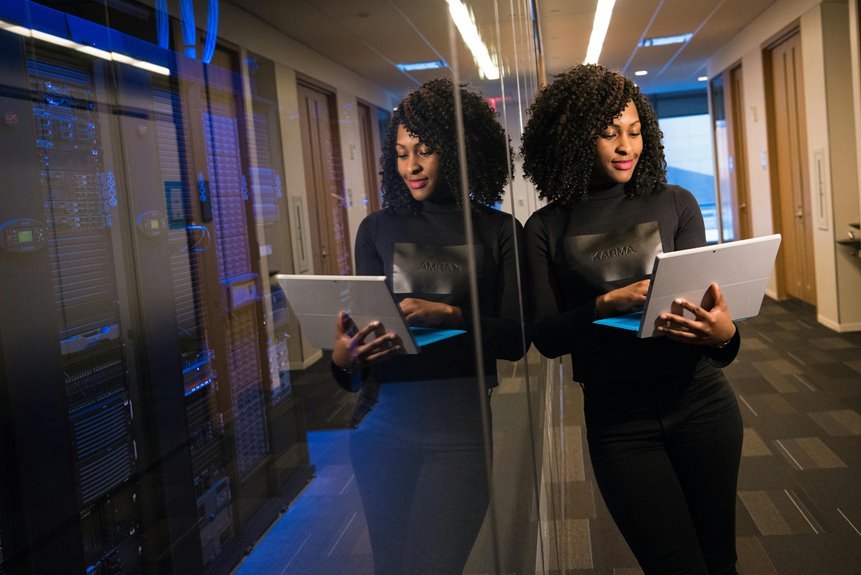Communication Security and Verification Office 7852707000 9492011141 8448637350 5046692376 4122148544 4055150357

In a world where communication is both vital and vulnerable, the role of the Communication Security and Verification Office becomes increasingly significant. You need to understand how this office protects sensitive information while also navigating complex threats. By examining the technologies and protocols employed, you can identify gaps in your own practices. The implications of these strategies on your organization may be more profound than you realize.
The Role of the Communication Security and Verification Office
The Communication Security and Verification Office plays a crucial role in safeguarding sensitive information and ensuring the integrity of communication channels.
It meticulously evaluates communication protocols, implementing stringent risk assessments to identify vulnerabilities. By analyzing potential threats, it enhances operational security, empowering you to communicate freely and securely.
This proactive approach fosters trust and mitigates risks associated with data breaches and unauthorized access.
Key Technologies Employed for Security and Verification
While various technologies underpin communication security and verification, encryption stands out as a foundational element.
You’ll find that robust encryption algorithms protect data integrity and privacy.
Additionally, biometric authentication enhances security by ensuring that only authorized users gain access.
Together, these technologies create a multi-layered defense, empowering you to communicate freely and securely in an increasingly interconnected world.
Best Practices for Organizations to Enhance Communication Security
To enhance communication security, organizations must implement a comprehensive strategy that incorporates multiple best practices.
Prioritize employee training to ensure staff understands security protocols and potential threats.
Additionally, employ robust data encryption methods to protect sensitive information during transmission.
Regularly assess and update these practices to adapt to evolving threats, fostering a secure communication environment that empowers both employees and the organization.
The Future of Communication Security in a Digital Landscape
As organizations increasingly rely on digital communication channels, the need for advanced security measures becomes paramount.
Quantum encryption offers unprecedented protection against eavesdropping, while AI algorithms enhance threat detection and response.
By integrating these technologies, you can safeguard sensitive information and ensure secure interactions.
Embracing these innovations will empower you to navigate the evolving digital landscape with confidence and maintain your freedom in communication.
Conclusion
In conclusion, the Communication Security and Verification Office plays a vital role in protecting sensitive information. With data breaches affecting 43% of businesses in 2023, the importance of robust security measures can’t be overstated. By implementing advanced technologies and best practices, organizations can significantly reduce their vulnerabilities. As the digital landscape evolves, staying ahead of potential threats is crucial for fostering trust and ensuring secure communication. Embracing these strategies will help safeguard your organization’s future.



